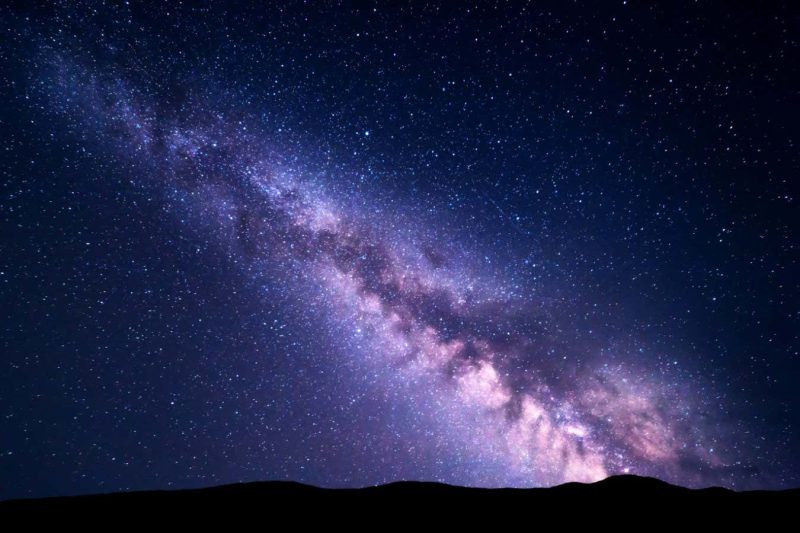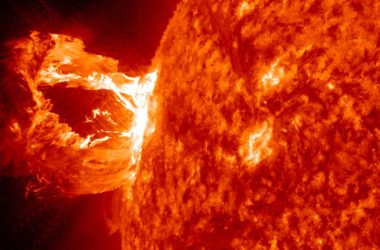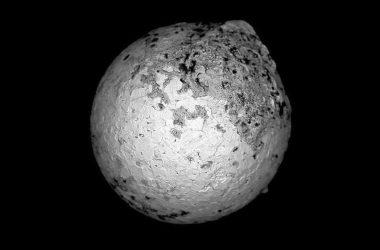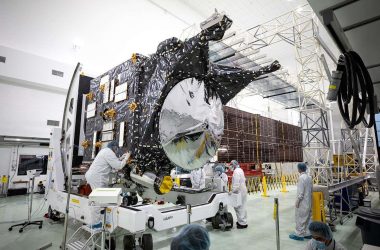Neutrinos from within the Milky Way have been detected in Antarctica
Shutterstock / Denis Belitsky
Introduction
The IceCube neutrino detector in Antarctica has achieved a significant milestone by detecting high-energy neutrinos originating from within the Milky Way galaxy. This breakthrough presents an opportunity to better understand the influence of cosmic rays on the structure of the universe.
Unveiling the Milky Way
The Milky Way galaxy emits intense light across various wavelengths, with gamma rays often accompanied by neutrinos. However, the detection of neutrinos originating from our galaxy has been challenging due to the overpowering signals from other galaxies. As a result, scientists have been unable to observe these elusive particles.
“It took us 10 years to find the galactic plane in neutrinos… It’s totally counterintuitive. It’s like if you went outside at night and saw a sky bright in active, distant galaxies but no Milky Way.” – Francis Halzen, IceCube head
Using a novel machine learning algorithm, researchers analyzed data collected by IceCube between 2011 and 2021. This advanced technique enabled them to identify signals that were previously dismissed as noise, significantly increasing the dataset for analysis.
Exploring the Source
The study revealed a diffuse glow of high-energy neutrinos originating from within the Milky Way. However, the exact sources of these neutrinos remain unknown. Neutrinos are formed when cosmic rays, which are fast-traveling, high-energy particles, collide with matter, resulting in the creation of fundamental particles and radiation.
Understanding the origins and energies of cosmic rays has been a subject of debate among astrophysicists. While some propose that these rays come from massive, actively devouring black holes, this cannot explain the cosmic rays responsible for the recently detected neutrinos. Francis Halzen explains, “We don’t have an active supermassive black hole in our galaxy – ours is dormant.”
Tracing the Origins
The next step in the research is to trace the high-energy neutrinos back to their source of cosmic rays. This will help identify the objects or phenomena responsible for producing these rays. By studying cosmic rays, scientists hope to gain further insights into the structure and dynamics of our galaxy.
“Cosmic rays seem to dominate the high-energy structure of our galaxy – they clearly play an important role… Now we have this direct tool to identify sources that release cosmic rays, and we’re already at it.” – Francis Halzen
Topics
Neutrinos, Milky Way Galaxy, IceCube detector, Cosmic rays, Black holes, Astrophysics








